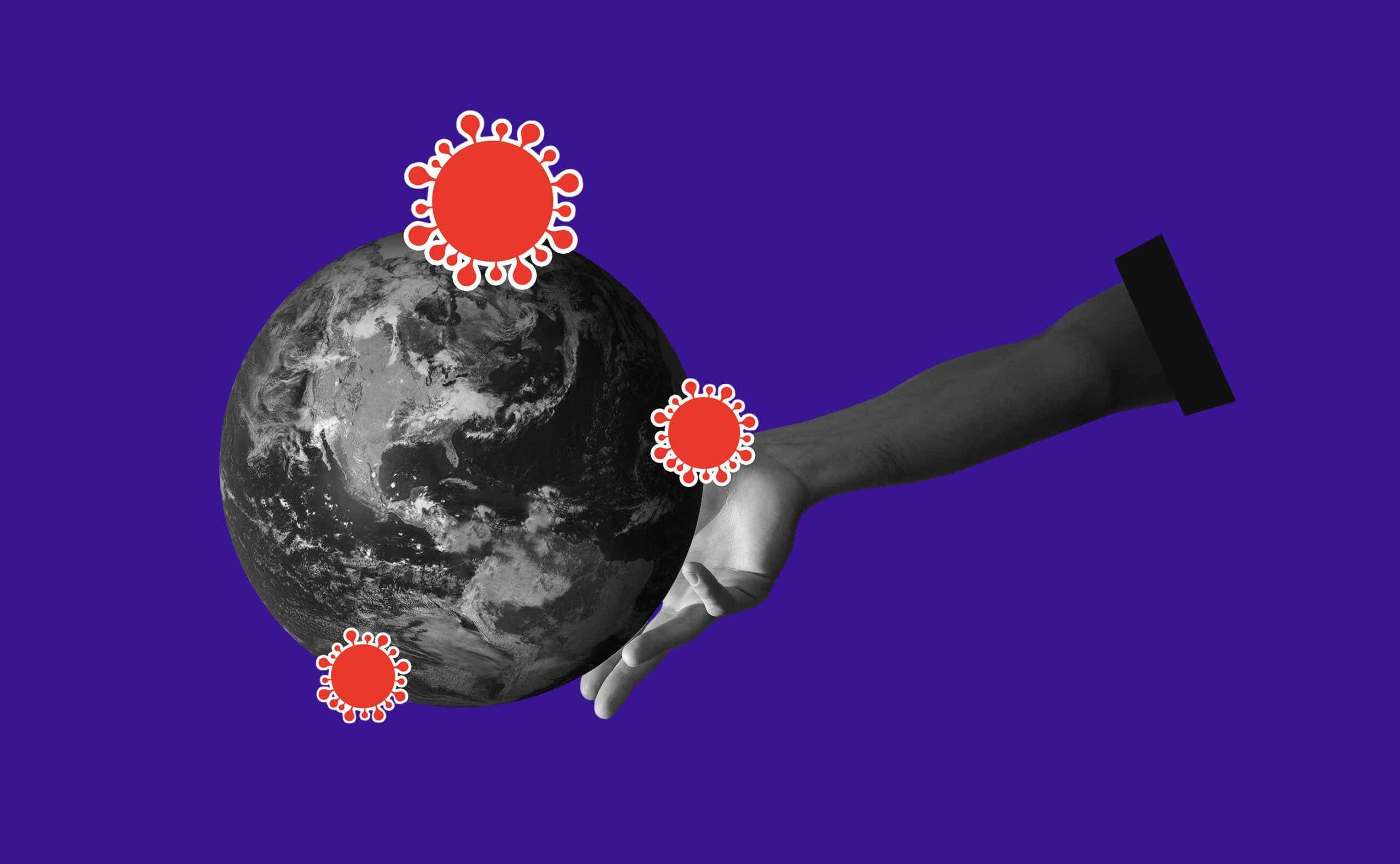We may be in for a “tripledemic” this winter. But what exactly does this suddenly buzzworthy term mean? Here’s what’s behind it, and what you can do to protect yourself.
Could we be in for another Covid wave?
The term “tripledemic” refers to the conjunction of three illnesses which could be on the rise this fall and winter: Covid, the flu, and respiratory syncytial virus (RSV). Currently, Covid-19 cases remain low here in the U.S., but a recent surge in France, Germany, and the U.K. caused a rise in deaths and hospitalizations. What’s happened across the pod has, throughout the pandemic, foreshadowed what’s to come stateside, prompting some medical experts to brace for a fresh wave of cases.
Driving the uptick in Europe are a swarm of new Omicron variants that are even more adept at dodging immunity from vaccines and infections than BA.5, the strain that was dominant this summer. Researchers think BQ.1.1 could lead to a winter wave. Currently, it and a close relative BQ.1 make up just 11 percent of cases, but they’re quickly gaining ground in the U.S., per the Centers for Disease Control and Prevention.
Meanwhile, XBB — a combination of two Omicron strains — is fueling a rise in cases in Singapore, and appears to be the best so far at evading immunity. And one of its subvariants, XBB.1, has been detected in the U.S.
Brace for a bad flu season
Here’s where the second element in the “tripledemic” comes into play: With social distancing and the use of masks, the flu has subsided through much of the pandemic. But as Covid restrictions have eased, the flu is making a comeback.
The way the flu behaves in the southern hemisphere, where it spreads between May and October, is typically a harbinger of how it’ll hit the northern hemisphere. In Australia this year, the flu season began weeks ahead of schedule and proved to be the worst the country’s seen in five years. The U.S. has been hit hard, too: on Friday, the CDC reported that flu-related cases, hospitalizations, and deaths are the highest they’ve been in a decade. Case counts are higher than usual: There were at least 1.6 million cases of the flu going into the weekend, which is higher than we’d usually see this time of year.
And unfortunately, the number of Americans opting to protect themselves with flu shots has declined over the pandemic, CDC Director Dr. Rochelle Walensky said. The biggest drop is being seen among children ages 6 months to 4 years. (Before the pandemic, the vaccination rate for young kids was about 75 percent, and now sits at around 67 percent.) Other high-risk groups, like pregnant women, are also getting vaccinated at significantly lower rates.
Why the drop in rates? It’s possible that suspicion around the Covid-19 vaccine has spilled over to the flu shot. The CDC also reported that there’s some confusion about whether the Covid-19 vaccine additionally protects against the flu. Whatever the case, public health officials are urging people to get their flu shots now before cases rise much higher.
What is RSV and why is it so bad this year?
Finally, there’s the third element in that ominous-sounding “tripledemic”: RSV. It’s a respiratory virus that, in many adults, manifests like a mild cold but can lead to pneumonia and bronchitis in young children. In some cases, it can be life-threatening; each year, about 58,000 kids are hospitalized for RSV, per the CDC.
RSV usually begins its spread during the late fall, but this year, doctors are also seeing a spike in infections weeks earlier than usual. Pediatric units are already being strained in hospitals across the U.S.: Pediatric beds at a hospital in Hartford, Connecticut have been filled for weeks, and officials there have requested help from FEMA to expand capacity, NPR reports. And clinicians at a children’s hospital in Fort Worth, Texas says they’re treating 300 RSV patients a day.
Young children may be especially at risk, because after 2 years of lockdown they haven’t been exposed to respiratory viruses and have little immunity.
Together, these three viruses could be a powerful threat to public safety — and are an excellent reason to stay vaccinated and vigilant as the weather gets colder.









